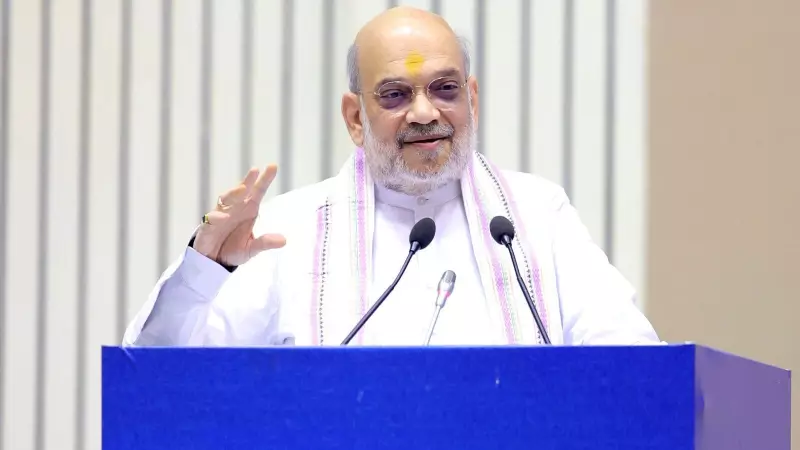
India's protracted battle against Left-Wing Extremism (LWE) is witnessing a dramatic turnaround, with comprehensive data revealing a significant weakening of Maoist influence across traditional strongholds. Union Home Minister Amit Shah's ambitious target to eliminate the Naxal threat by 2026 appears increasingly attainable as security forces gain the upper hand.
The Shrinking Red Corridor: By The Numbers
Recent security assessments paint a compelling picture of success. The geographical footprint of violence has contracted sharply, with the number of LWE-affected districts dropping from nearly 220 police jurisdictions across 20 states to a concentrated focus in just 45 districts across 10 states. This represents a staggering 70% reduction in the area of influence.
The human cost of this conflict has seen an equally dramatic decline. Security force casualties have plummeted by 65%, while civilian deaths have fallen by 82%. Perhaps most telling is the 72% decrease in violence-related incidents overall, indicating not just reduced fatalities but a fundamental degradation of Maoist operational capabilities.
The Multi-Pronged Strategy Behind the Success
This success story is built on a foundation of coordinated security, development, and technological superiority.
Security Fortification
The government has established a network of 886 new security camps in previously inaccessible heartland areas. This persistent presence has disrupted Maoist supply lines, limited their movement, and restored state authority in regions once considered 'liberated zones.'
Infrastructure Onslaught
A massive infrastructure push has connected remote communities to the mainstream. Over 19,000 km of roads now snake through formerly isolated territories, while mobile connectivity and electricity have reached thousands of new villages, breaking the information blockade that sustained Maoist ideology.
Technological Dominance
Security forces have leveraged technology to devastating effect. Drones provide persistent surveillance, while satellite imagery tracks movement patterns in dense forest cover. This technological edge has transformed counter-insurgency operations from reactive to proactive.
The Remaining Challenge: A Cornered but Dangerous Foe
Despite these gains, security analysts caution against premature declaration of victory. The Maoists have adapted to pressure by consolidating their remaining forces in a tight cluster of districts along the Chhattisgarh-Andhra-Odisha border—the Dandakaranya region.
This concentration means that while the geographical spread has reduced, the intensity of remaining confrontations could potentially increase. Security forces now face the complex task of rooting out a deeply entrenched enemy from its final bastions without significant collateral damage.
The Road to 2026: Can Amit Shah Deliver?
Home Minister Amit Shah's 2026 deadline represents both a political commitment and an operational timeline. The consistent year-on-year decline in LWE metrics suggests the strategy is working, but the final phase often proves the most challenging in any counter-insurgency campaign.
The coming years will test whether development can outpace discontent and whether security forces can maintain pressure while winning the confidence of local populations caught between the state and the insurgents.
India's methodical campaign against Naxalism stands as one of the world's most significant, yet underreported, counter-insurgency successes of the past decade. The data tells a clear story: the Red Corridor is fading, and the endgame may indeed be in sight.





